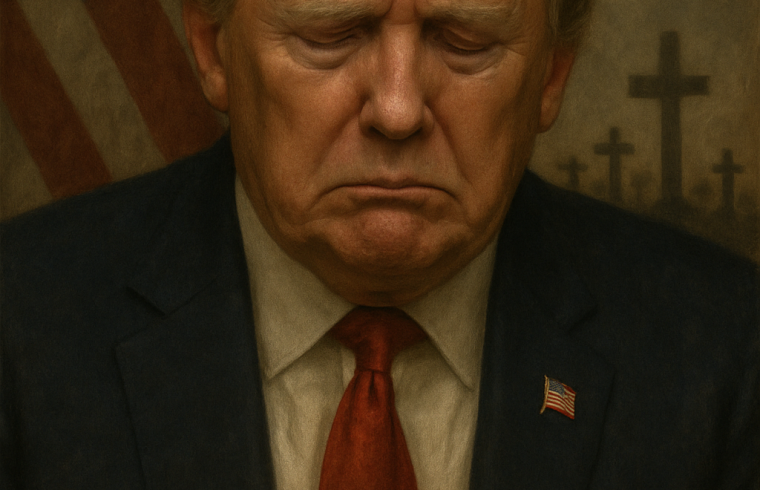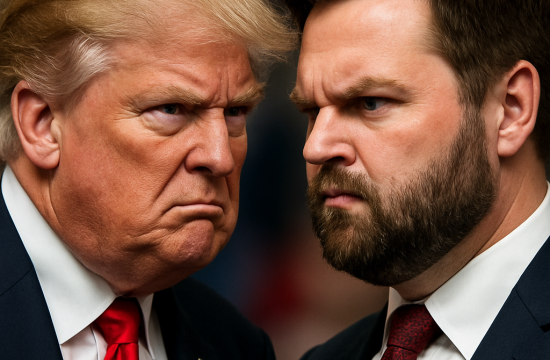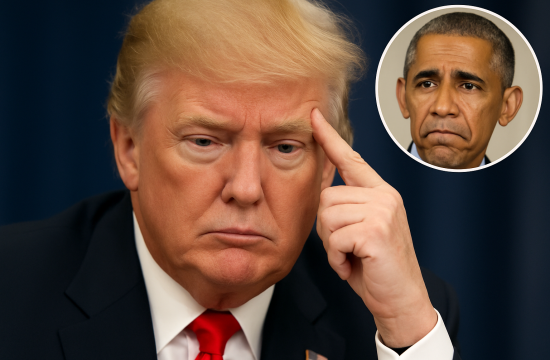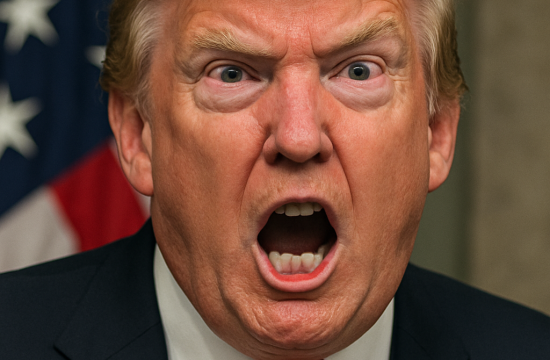In a late night of June the U.S. Air Force and Navy conducted coordinated strikes on three major Iranian nuclear facilities—Fordow, Natanz, and the Isfahan Nuclear Technology Center—using B‑2 bombers and Tomahawk missiles. Dubbed Operation Midnight Hammer, this marked a significant escalation in the Iran–Israel conflict, which began on June 13 with Israeli airstrikes on similar targets.
💥 Trump’s Bold Declaration: “It’s Finished”
On June 24, Trump took to Truth Social to proclaim a “complete and total ceasefire” between Israel and Iran, declaring the 12‑day conflict officially over. He heralded the strikes as a stunning victory, claiming the U.S. had “obliterated” Iran’s nuclear capabilities—and contrasted Iran’s counter‑attack on a U.S. base in Qatar as “very weak”.
At the same time, Trump praised Iran for giving “early notice” of its retaliatory missile launches and urged both nations to maintain the ceasefire, framing the moment as “TIME FOR PEACE”.
🧐 Reality Check: Was Iran Truly “Obliterated”?
Despite Trump’s assertive language, leaked U.S. intelligence—labelled “low confidence”—indicates the damage may have been limited to months, not years, of nuclear delay. Iranian officials themselves suggest the setbacks were “quite superficial”.
The IAEA described the damage as “enormous,” but stopped short of confirming the complete dismantling of Iran’s enrichment infrastructure.
🎭 Domestic & International Fallout
-
Political Divide in the U.S.:
Supporters, including hawkish Republicans, praised Trump’s decisive action. Critics, however, expressed concern over the lack of congressional consultation and the potential for regional destabilization. -
Leaks & Media Pressure:
Trump openly criticized media outlets for publishing the leaked DIA assessment and hinted at possible legal actions against journalists. -
Global Reactions:
NATO allies issued mixed signals: some applauded U.S. restraint, others feared escalation. The UN and IAEA warned about risks to the global nuclear non-proliferation regime .
🕊️ Ceasefire & What Comes Next
Trump’s ceasefire proposal—mediated by Qatar—entailed phased steps: Iran to halt operations first, followed by Israel. However, both nations delayed formal acknowledgment and intermittent missile launches hinted at the ceasefire’s fragility .
Trump indicated his aim was to pivot from military action to diplomacy and pushed for inspections to verify Iran’s compliance .
🔮 The Road Ahead: Peace or Pretense?
-
Trump’s “One‑and‑Done” Doctrine:
Analysts describe his strategy as rapid strikes followed swiftly by ceasefire declarations—seeking decisive impact with minimal prolonged involvement. -
Potential for Regime Change:
Trump amplified his messaging toward “Make Iran Great Again,” hinting at replacement of Iran’s leadership if the country fails to comply with U.S. demands. -
Diplomatic Moves:
As of June 28, no further strikes occurred. Envoy Ron Witkoff is reportedly engaging Iran in mediated discussions aimed at halting enrichment and stabilizing the region en.wikipedia.org.
🔍 In Conclusion
Trump’s announcement that the attack on Iran is “finished” hinges on a contested ceasefire and a swift, decisive strike. While his messaging presents a compelling narrative of victory, lingering doubts—about actual damage, intelligence reliability, and regional stability—suggest the situation is more fragile than declarations imply.











